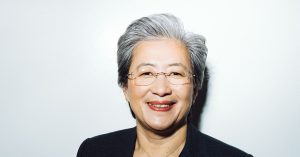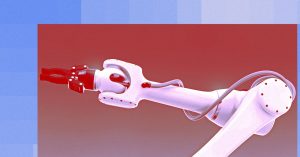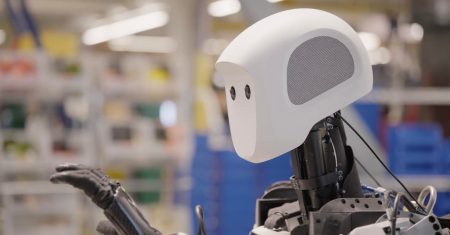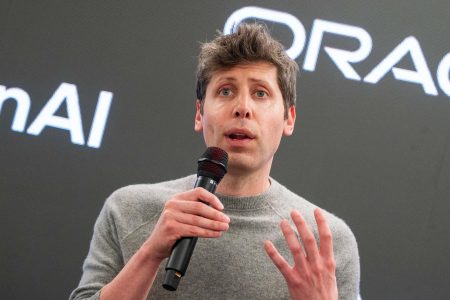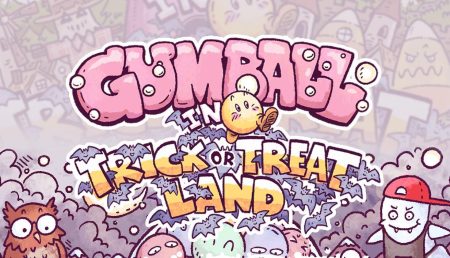In a bold pivot that few industry watchers saw coming, Baidu—China’s leading AI powerhouse—has open-sourced its ERNIE 4.5 large language model (LLM) series under the permissive Apache 2.0 license. With ten models ranging from 300 million to a staggering 424 billion parameters now freely available, Baidu has entered a new chapter: not just a builder of AI, but a catalyst for its proliferation.
For a company long defined by proprietary development, this move is more than a strategic recalibration. It’s a symbol of a broader technological undercurrent sweeping across China: the transition from innovation to diffusion. In this new paradigm, the winners won’t just be those who build the best models—but those who empower others to build with them.
Open Source as a Catalyst, Not a Concession
Open-sourcing high-value AI models is no longer just a philosophical gesture—it’s a strategic lever for accelerating adoption, community participation, and ecosystem formation. When companies release models under transparent terms with documentation and tooling, they invite a broad spectrum of collaborators into the innovation process: startups, researchers, students, independent developers, and even competitors.
Baidu’s ERNIE 4.5 follows a trend increasingly visible in China’s AI ecosystem. DeepSeek, a relative newcomer, shook up the landscape by prioritizing openness, benchmark transparency, and community engagement. Rather than building the biggest model, it built the most accessible one. That clarity of focus catapulted it into the spotlight—proving that diffusion, not just invention, drives influence.
Baidu’s shift to open-source should be read through the same lens. It’s not an act of surrender to competition, but a statement of ambition: to extend the reach of its technological assets and participate in the broader momentum of AI democratization.
Diffusion Is the New Disruption
Technological diffusion—the process through which innovation spreads across industries, regions, and user communities—is arguably the most powerful economic force behind AI’s rise. We’ve seen it before with electrification, the internet, and smartphones. Now, large language models are entering that diffusion phase.
In practice, this means LLMs are being embedded in everything from customer service bots and content engines to healthcare diagnostics and agricultural assistants. But the pace and scale of this integration depend on how easily others can adopt, modify, and deploy the foundational technology.
Here, open source becomes the great equalizer. By releasing ERNIE 4.5, Baidu isn’t just inviting collaboration—it’s enabling localization, experimentation, and downstream innovation. The value of a model is no longer confined to the headquarters that built it. It lives in every startup that deploys it, every developer who fine-tunes it, and every public sector institution that integrates it into their services.
Economic Impact Beyond the Benchmark
The benefits of diffusion are not abstract. They’re tangible, measurable, and accelerating:
- Economic productivity: Just as past technologies turbocharged industry, the widespread availability of LLMs is automating workflows, augmenting decision-making, and powering new digital services across China’s economy.
- Industry emergence: Open foundational models lower the barrier to entry for AI-native companies. From niche vertical tools to mass-market applications, startups can now build on powerful base layers without starting from scratch.
- Social inclusion: In sectors like education, healthcare, and public administration, open models empower smaller players—local governments, nonprofits, rural institutions—to deploy AI without prohibitive licensing costs or technical expertise.
- Innovation velocity: Exposure to external technologies often fuels new waves of invention. China’s AI community is now engaging in recombinant innovation—building on, remixing, and localizing LLMs in ways that accelerate the development of domain-specific tools.
A Distinctly Chinese Model of Technology Diffusion
While global headlines often focus on Western AI players like OpenAI, Google DeepMind, and Anthropic, China is pursuing a parallel path—distinct in logic and design.
Major firms including Baidu, Tencent, ByteDance, Alibaba, and DeepSeek are all racing to develop state-of-the-art LLMs. But increasingly, they’re doing so with open-source mindsets. This approach aligns with China’s strategic emphasis on “independent controllability”—reducing reliance on foreign platforms while building robust domestic ecosystems.
What’s emerging is a uniquely Chinese model of innovation diffusion—one that favors ecosystem growth over winner-takes-all dynamics. In this system, firms compete, yes—but they also co-evolve. Success is shared, and influence is distributed.
Consider Tencent’s move after launching its HunYuan-T1 model. Rather than operating in isolation, Tencent began integrating with models from DeepSeek and others. This cross-pollination—initially met with skepticism—has since paid dividends. Tencent’s language model app “Yuanbao” has climbed user rankings, aided by this collaborative, inclusive strategy.
Further cementing this commitment, Tencent recently unveiled its new open-sourced Hunyuan-A13B model, a mere five months after its last significant open-source LLM release. Dubbed a “hybrid inference model,” the A13B leverages a Mixture-of-Experts (MoE) architecture, allowing it to dynamically adjust its reasoning depth between rapid ‘fast thinking’ for efficiency and more comprehensive ‘deep thinking’ for complex tasks.
The Challenges of Going Open
Of course, diffusion is not without friction. Not all open-source models gain traction. Success depends on a complex cocktail of product quality, developer experience, license clarity, and ecosystem support.
Moreover, openness alone is insufficient. True diffusion requires investment in accessibility: detailed documentation, robust tooling, community incentives, and strategic partnerships. Without these, even the most advanced models may languish in obscurity.
Even DeepSeek, a poster child of China’s open-source AI movement, has faced turbulence. Rumors of delayed releases and unclear roadmaps have raised questions about sustainability. But these hiccups don’t undermine the core insight: that in a diffusion-driven world, continuity and community matter as much as innovation.
Rethinking Success in the Age of Diffusion
If AI is now entering its diffusion phase, it’s time to rethink our metrics. In the internet era, success was measured in DAUs and GMV. In the LLM era, better questions might be:
- How broadly is a model being adopted?
- How deeply is it integrated into other products?
- How much downstream innovation is it enabling?
Under this lens, Baidu’s ERNIE 4.5 isn’t just a technical asset—it’s a platform for influence. And China’s most significant contribution to global AI may not be a single benchmark-smashing model. It may be the emergence of a more collaborative innovation paradigm—one where impact is measured not just by invention, but by how far and wide the invention spreads.
Final Thought: The Future Belongs to the Distributed
As Baidu opens the ERNIE family to the world, it’s not merely catching up with open-source rivals. It’s reinforcing a new truth: that the power of AI doesn’t lie in any single model—but in the networks, ecosystems, and communities that form around it.
In the years ahead, as models get bigger, faster, and smarter, the question won’t be who has the best LLM. It will be who has the most useful one—and who has ensured that its benefits are diffused as widely, deeply, and constructively as possible.
Because in the AI age, it’s not just the innovators who win—it’s the enablers.
Read the full article here

